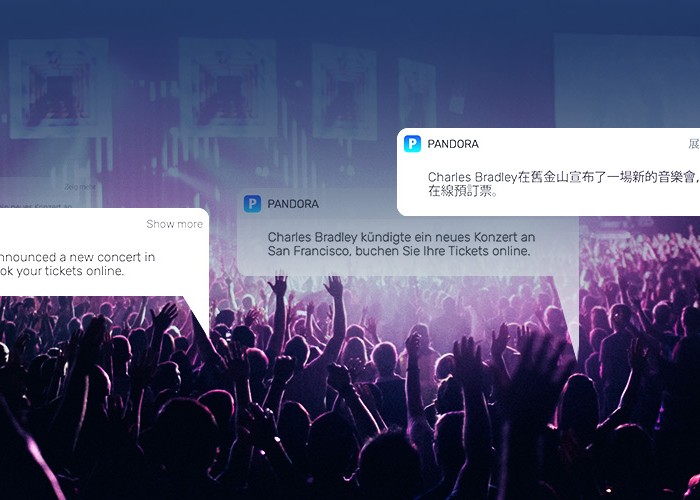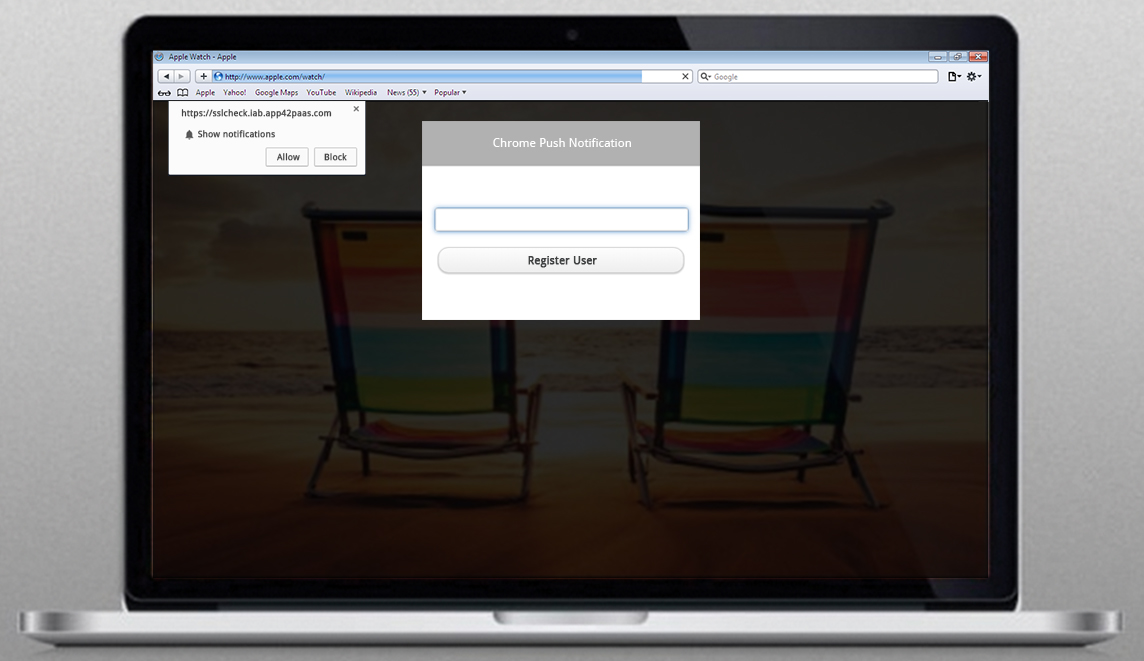 Push notification allows an App to notify its users of new messages or events without needing to actually open it, similar to how a text message will make a sound and pop up on the phone’s screen. This is one of the great ways for Apps to interact with users in the background. In addition to pushing messages to the screen, push notification allows Apps to display a number or a ‘badge’ on the App’s icon e.g. the mail icon will show the number five when there are five unread messages.
Push notification allows an App to notify its users of new messages or events without needing to actually open it, similar to how a text message will make a sound and pop up on the phone’s screen. This is one of the great ways for Apps to interact with users in the background. In addition to pushing messages to the screen, push notification allows Apps to display a number or a ‘badge’ on the App’s icon e.g. the mail icon will show the number five when there are five unread messages.
Here is a perfect use case for push notification: let’s suppose you are playing chess with your friend online. While you are in the chess App, your friend’s moves will appear on the board right away and when you switch to another App— e.g. to read email while your friend decides where to move—the App needs a way to notify you when your friend makes a move.
Here are some guidelines which can help you while working with push notifications:
- It is mandatory for an application to register in the server (e.g. APNS for iOS, GCM server for Android, MPNS for Windows and so on) in order to receive the notifications. Then it can pass to its provider a device token it gets from the operating system.
- These notifications can be a message, an impending calendar event, or new data on a remote server. They can display an alert message or they can badge the application icon. They can also play a sound when the alert or badge number is shown. Select the type according to your requirement.
- Avoid the usage of multiple notifications for similar actions (e.g. in a chat room application, the user might want the notification only when the conversation is initiated. It is not necessary to provide the notification every time a message is received).
- Be careful with the excessive usage of push notifications as repeated notifications will result in spamming which might result in the user unsubscribing from your application
- Always choose a service provider who provides cross platform support for your application’s push notifications. This will reduce the effort in identifying the type of devices App users are using e.g. if your app is running on two different platforms like android and windows, then the provider will give you a way to send the messages to both the platforms in one api call
A few limitations which you should keep in mind
- Some service providers, devices are not capable to handle multiple push notifications within a single App. In this event a lot of push messages sent by App will be queued, and only the recent notification will be up on the screen.
- Delivery of push notifications is not guaranteed. Push Notification Service includes a feedback service that the server (APNs) continually updates with a per-application list of devices for which there were failed-delivery attempts. So using push notification for real-time applications is not feasible.
It would be great to hear the views from the readers of this blog. In case you have any more questions, please write to us at support@shephertz.com
BDPVRNGB4X4K





















Leave A Reply